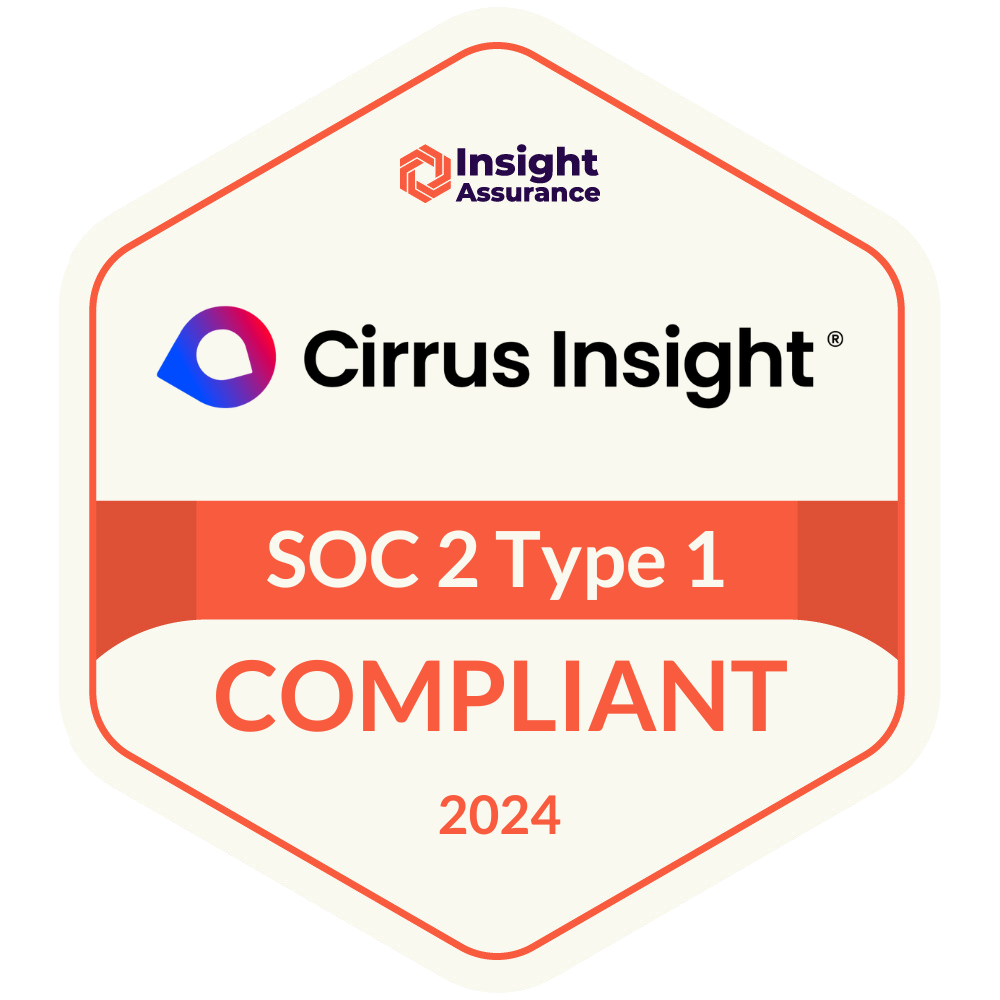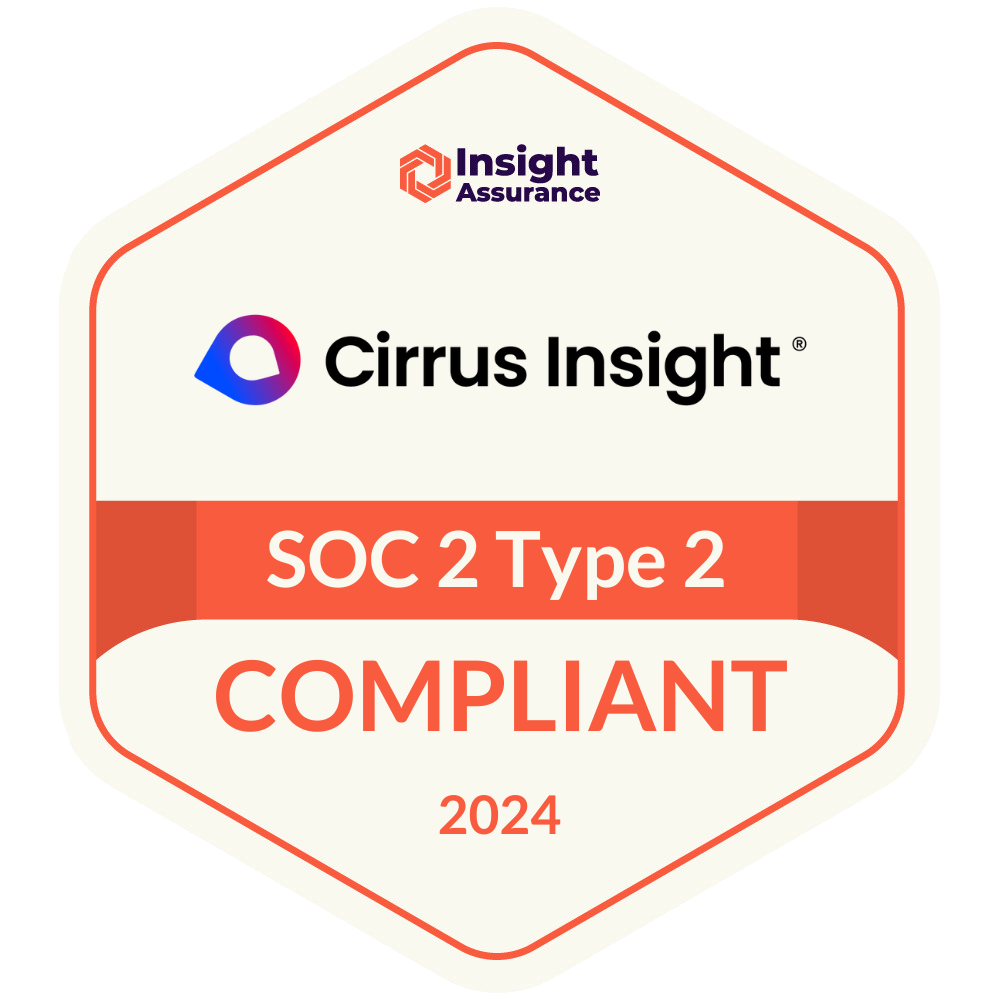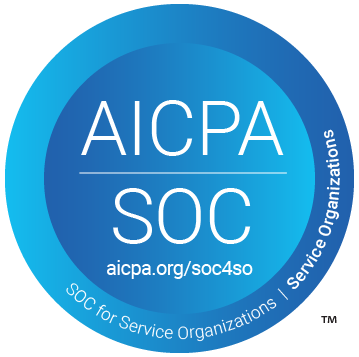- Solutions
-
Products
-
Resources
Sales Automation Tools | Cirrus Insight by Kristi Campbell View all Blog Posts >Get the App, Get the Sidebar, & Get Your Trial Going HereUnleash limitless growth opportunities by partnering with Cirrus Insight.
- Pricing
Filter By:
- All topics
- Sales Productivity
- Sales Intelligence
- Salesforce
- Sales Strategy
- Sales Prospecting
- Book More Meetings
- Best of
- Company News
- Product
- Sales Leadership
- CRM Admininstration
- Sales Metrics
- Supercharge Sales Activity
- Team Scheduling
- Admin
- serious insights
- Prospect Smarter
- Sales Activity Data
- Sales Forecasting
- Scheduling Solutions
- Prospect Faster
- Auto-Sync Everything To Your CRM
- Chrome
- Comparison
- Financial Services
- For Admins
- Getting Started
- IT & Security
- outlook
Subscribe to our Blog for the Latest Insights
Join our blog community to stay informed and receive fresh content and actionable tips directly in your inbox.
Salesforce Lightning Changes Every Salesforce Admin Needs to Know
Isn’t this just how it works?
The minute you start to get into a groove, to see adoption among sales teams trend upwards — the technology changes. You have to develop new processes, learn how to use new feature sets, and then impart your newfound wisdom on the sales reps looking to you for answers.
It’s enough to justify a stiff drink before lunchtime, to say the least. Or at least send off your fair share of #WhySFDCAdmins Tweets before (and after) the weekly sales meeting.
And it’s to be expected. Having been around since 1999, Salesforce should evolve. The technology provided through their platform should improve to make the work of those using it more productive and, dare we say, enjoyable.
If the learning curve required to master new functionality doesn’t measure up to the advantage in doing so, however, it’s hard not to feel frustrated. Especially when there are alternative integrations on the market that actually do deliver on productivity.
Salesforce Lightning vs. Lightning for Gmail/Outlook
By this point, you’re hopefully familiar with the release timeline for the Salesforce Lightning Experience. Announced at the start of this year, the update will begin auto-activating across user accounts on October 12, 2019. Adoption across all organizations is projected for Winter 2020.
If you’re keeping tabs on the calendar, that means we’re less than a month from the roll-out (as of this publication). And less than a month out from needing a transition plan in place before the end-of-year sales quota scramble.
On the Salesforce Admin side of things, you’re going to be dealing with two major areas of change to the Salesforce toolset: Salesforce Lightning and Lightning for Gmail/Outlook.
Lightning for Gmail/Outlook is a free email integration product Salesforce offers to users. This is in addition to the current integrations, including Salesforce for Outlook, Lightning Sync, Salesforce Inbox, and Einstein Activity Capture.
The newest email integration product is built on Lightning Components (part of the Salesforce Lightning Experience). It’s a free, in-email sidebar used in conjunction with Lightning Sync.
Note that Lightning Sync provides basic calendar and contact sync functionality. It will not automatically sync sales rep emails from a Gmail/Outlook inbox into Salesforce for the sake of staying on top of their relationships.
Its calendar sync is also missing key capabilities such as support for recurring events, support for keeping attendees in sync as your events change, and flexibility in user-vs-admin enablement.
With Cirrus Insight, all of your events are automatically synced between Gmail/Outlook and Salesforce. You can depend on our application to sweep both platforms every five minutes — ensuring that every update remains relevant to the leads and contacts it’s connected to in Salesforce.
The other major change coming down the pike has to do with the Lightning Experience, marketed as “the future of sales and CRM”. According to Salesforce, this new experience provides admins and users with a graphical user interface optimized for speed.
The main elements of this new and “improved” interface are Lightning Components and Lightning App Builder.
The Salesforce Lightning Component Framework
At a very basic level, Lightning Components are apps that you can use to build page layouts and configure a specific user experience in Lightning. Their aim is to simplify design and processes for business admins, who don’t have previous programming experience.
The original Aura components framework will still exist alongside Lightning, able to coexist and interoperate on a page. In theory, Lightning Components will make it easier to create responsive applications for end-users across mobile and desktop devices.
The Salesforce Lightning App Builder
The Lightning App Builder is the mechanism for developing these aforementioned apps. In theory, it’s an easier way to manage how your users interact with Salesforce.
With a “point-and-click tool”, you can create single-page apps for drilling down into standard pages, dashboard-style apps for things like tracking top sales prospects, custom home pages, and more. It’s a drag and drop method for facilitating app creation and customization.
Key Salesforce-Email Integration Considerations for Salesforce Admins
While the above changes bring with them some visual and experience-based benefits for admins in the creation process, the end result isn’t all sunshine and roses.
There are still some outlying issues the Lightning Experience and provided email integrations do not solve for — in addition to piling on more to-dos for already-overworked Salesforce Admins to manage.
Namely, communication measurement and data quality are lacking. From a communication measurement standpoint, they lack the robust email tracking functionality that’s otherwise provided by Cirrus Insight. You can’t track when a prospect opens or clicks links within your emails, or identify engagement trends over time.
Additionally, with the poor sync capabilities, it’s more difficult for reps to keep their information streamlined across multiple platforms. For admins, this means more disgruntled feedback and requests that can’t always be fulfilled.
Greater Focus on Self-Serve Customization
With the upcoming release of Salesforce Lightning, it’s clear that the platform is prioritizing self-serve customization. They’re not particularly interested in designing a ready-to-use feature set for sales team productivity. Instead, they’re offering the pieces to organize and implement as Salesforce Admins see fit.
The ability to customize is great, but it’s also something you can already achieve through the use of third-party apps and integrations. You can get the best of both by using a ready-to-use feature for sales team productivity, like Cirrus Insight, which works well with the Lightning interface.
There are almost too many configuration options offered through Lightning, that it becomes difficult remembering how they all fit together. If you’re not clear on and prepared to handle the complexities, expect to spend a fair deal of time upfront working to create a time-saving experience for users.
Less Optimal User Experience
From an email integration standpoint, one of the biggest downfalls with what Salesforce has to offer is a lack of sync from the inbox. It’s clear that Salesforce wants people to move away from working in their email to relying solely on their Lightning platform.
As previously mentioned, Lightning for Gmail/Outlook is Salesforce’s free email sidebar. It requires its fair share of Admin set up to function — and even then, functionality is fairly limited.
From a sync perspective specifically, setting up Lightning Sync to work in conjunction with the sidebar is something only admins can handle. That’s right — the Admin has to give consent via Google/Microsoft for the sync to work.
It also does not appear to support Microsoft Exchange (only O365 and Google, currently).
With all this being said, you can choose to upgrade to Salesforce Inbox for $25/month. Note that this option still does not include email sync or calendar sync.
Inbox also struggles to support custom page layouts, record types, custom fields, and custom objects. All this is in addition to offering a lackluster set of productivity tools that don’t include features otherwise found when using Cirrus — such as signature capture, personal scheduling pages, or email tracking.
Slower Adoption Rates
Here’s the thing, you already struggle with adoption rates. Getting salespeople to use the tools they have in front of them is so hard to do when old whiteboard and multitasking habits die hard.
This is why being a Salesforce Admin is so much more than backend set-up. As an advocate for the sales process, technology, and productivity, it’s on your shoulders to educate users and to help them see the advantages of using the Salesforce platform.
Using Salesforce Lightning and Lightning for Gmail/Outlook as is may not help you in improving adoption rates. But the third-party applications and integrations working alongside the platform might.
Cirrus Insight is a great add-on to the Lightning interface for its ease-of-use alone. It also picks up the slack in a major way with email sync capabilities — allowing reps to work from within their inboxes and still maintain the quality of their data integrity within Salesforce. Everyone wins.
Final Thoughts: Salesforce Lightning Changes Every Admin Needs to Know About
In the world of sales, it’s hard to definitively point to one tool as all-encompassing of user needs. Salesforce may dominate in the world of customer management, but that doesn’t mean it’s perfect when it comes to relationship building and productivity.
This is exactly why integrations exist — to fill in the gaps. And make everyone's lives, from Salesforce Admin to sales rep, just a little bit easier as a result.
With the kind of focus on email integration your sales team needs to succeed, Cirrus Insight will continue working seamlessly alongside the Salesforce Lightning Experience. See for yourself when you sign up for a free 14-day trial.





